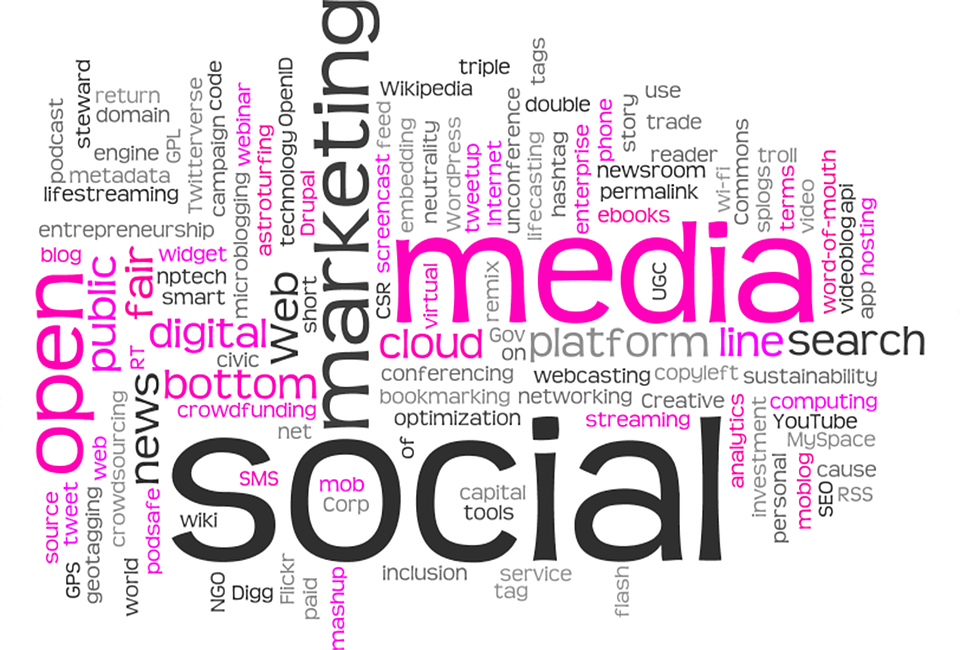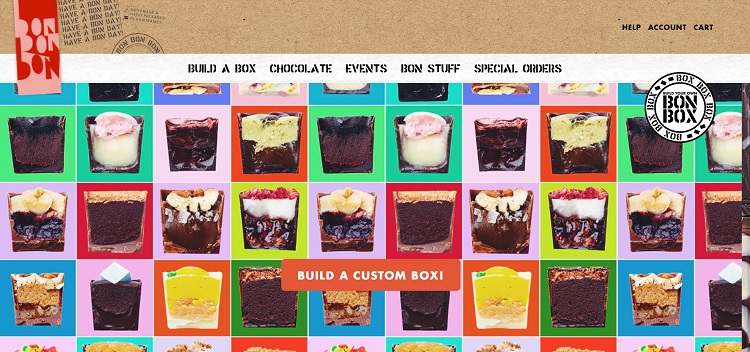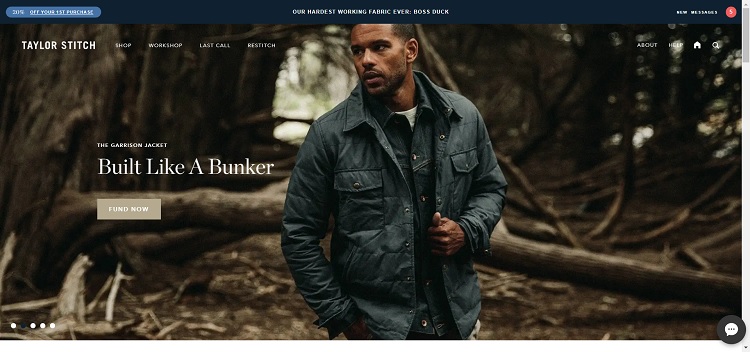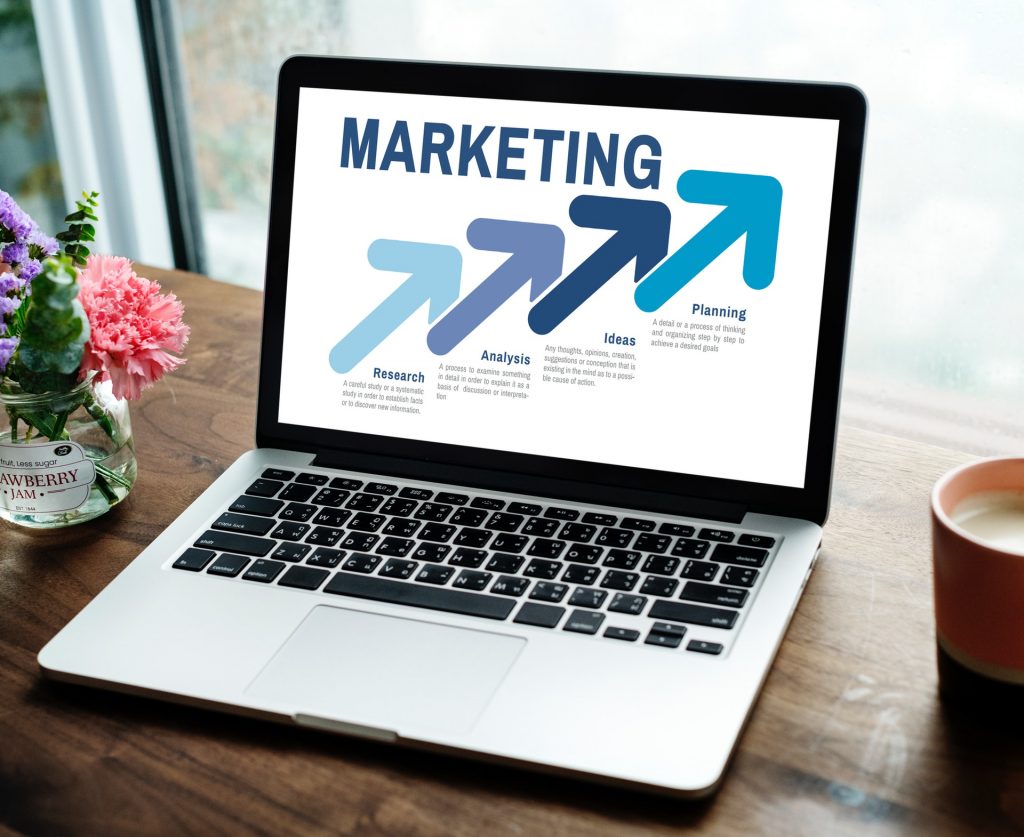
Driving Website Traffic Through Social Media Needs A Strategic Approach
For most of the business websites, it seems the common goal is to drive more traffic towards their site. Yes, a nicely designed and meaningful website will be of great help but that is actually noted enough when you consider the high competition in this business world, which is highly digitized in all its aspects.
In order to get the best results and more traffic the best platform to use in social media is Instagram. This is because:
- This is a primary photo and video sharing app that will help you to showcase your skill, creativity and your product in the best possible way and raise the interest of the audience and
- It has the largest number of active users making it easier for you to reach out to a larger section of the crowd in an instant.
Both these features of this platform make it the most suitable platform for business and product promotion as well as raise the number of traffic.

Your profile is crucial
In order to make Instagram work for your marketing strategy, there are a few essential things that you should do. The most essential thing to do is to consider your profile and fill it up properly. This is the most important thing to do because this is the first thing that people will see when they click on your social media page.
Therefore, whether it is Twitter, Facebook or Instagram, your profile will play a significant role in your marketing success and driving more traffic to your site. Therefore, focus on:
- Twitter Bio if you want to use Twitter as your business marketing platform
- Facebook About section if that is what you decide to use
- LinkedIn company page if that is your choice and
- Instagram profile if you want to use this most popular photo-sharing platform.
It is ideally the profile that will tell the users about your business and provide info about your product or service, making it a perfect spot to drop a link that will take the users directly to your website. Therefore, your profile equates to more Instagram followers which will result in more traffic and an increased chance of conversion of traffic to your loyal customers.
Social media and traffic
According to research, using social media for business promotion purposes is considered to be the most effective in these present times because it is found to drive 31% of all referral traffic.
You can make it even more effective to drive traffic to your site and get a slice of this huge fan following by adding a few meaningful and relevant backlinks to your site that aligns with your brand. If you can raise the interest of the people with your content and images shared on Instagram, you will not only gain more Instagram followers and more likes and comments, but it will also increase:
- Sharing
- Discussing and
- Promoting.
If people are interested in your product, they will surely click on the link in your Instagram profile and visit your site to get more information about:
- Your business
- About you and most importantly
- About your product.
This will raise the number of traffic count to your site. Gaining further and proper knowledge, it is likely that they will end up making a buying decision, meaning you will have larger sales prospects and revenue for your business.
Promote blog content
Just like the backlinks on your social media profiles will give the users a chance to click-through to see what your business and product is all about, your blog content is another useful component that will enable them to read about it and gain further knowledge. Therefore, focus on your blog content for your business promotion as well as to drive more traffic to your site.
The content of your blog should be:
- Clear
- Meaningful
- Informative and
- Easy to read.
It should not be cluttered with too many elements such as images, graphics, and animations in it. It should not be boring so that the readers do not even get to the middle of it and leave your site. Ideally, readers should not search for the things that they are looking for. Everything should be very clear, distinct, and evitable.

Creating a meaningful content
Social media is all about conveying and sharing information. It is, for this reason, your content will play an important role in your social marketing strategy. Creating content for social media will need you to put quite a significant amount of effort, time and planning. If it is not done properly you will find that two months have passed and nothing significant has happened in terms of an increase in traffic to your site.
In order to make sure that only a few people do not feast their eyes on your content and readers do read the entire thing, you need to create 15 blog posts a week and post it on social media. You simply need to create the best one and make it a point that you keep it fresh with some tweaks done on a constant basis. This will help your content to be seen by your ideal customers.
Time it well
Lastly, if you want to see tangible results, you should not post your content any time you feel like. Time it well so that you make sure that the recent followers do not miss it or not get to see a content that you published weeks ago.
You can use a social media schedule so that you can promote your old content. There are lots of tools out there such as Buffer, Social Jukebox, and Hootsuite, that will help you to do it automatically using tools like Buffer, Social Jukebox, and Hootsuite. This will make sure that the audience reads your content whenever you post them.
Remember, using social media for your business is not easy but it is not impossible either. All you need is a little bit of effort and a meticulous plan that will help you to surge ahead.
Author Bio
Ariya Stark has been working on the importance of social media in marketing with thousands of real Instagram followers for her postings.




























